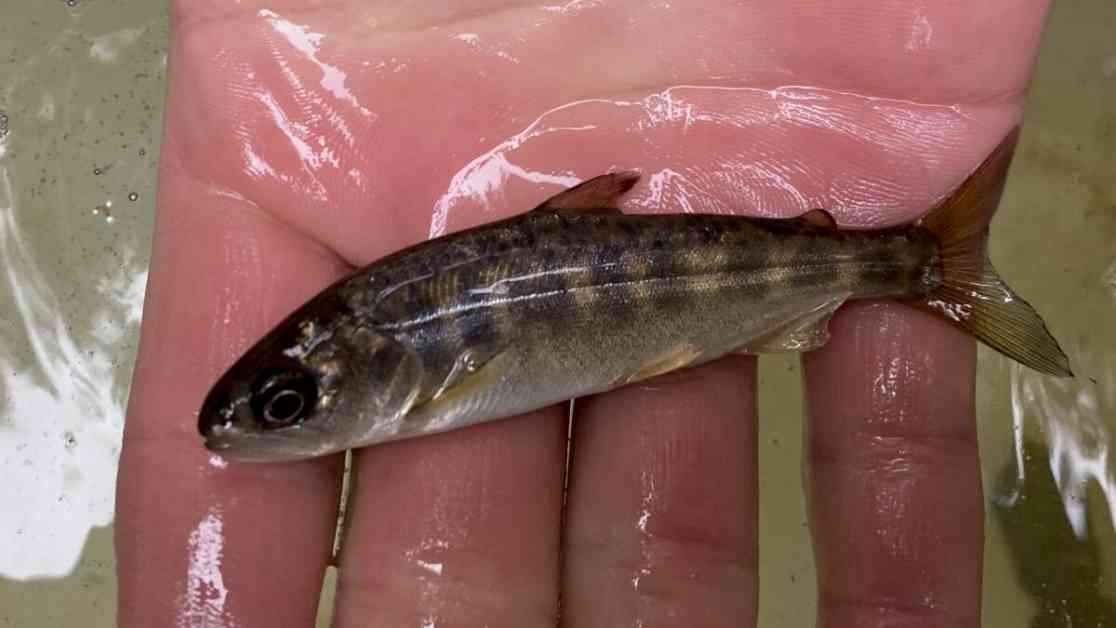Chinook Salmon Return to North Yuba River After 80 Years
In a groundbreaking wildlife initiative, Chinook salmon are making a triumphant return to the North Yuba River in Northern California after an absence of more than 80 years. Spearheaded by the California Department of Fish and Wildlife in collaboration with federal and local agencies, a pilot program has been launched to reintroduce these iconic fish to their historic spawning grounds in the pristine waters of Plumas County.
The North Yuba River is renowned for its high-quality, climate-resilient habitat, making it an ideal location for the revival of the Chinook salmon population. Unfortunately, the construction of the Englebright Dam decades ago had severed the connection for fish to swim upstream, leading to the disappearance of the salmon from the waterway.
With the recent construction of a series of nests along a 12-mile stretch of gravel riverbed and the introduction of fertilized Chinook salmon eggs from a nearby hatchery, signs of success have started to emerge. Just four months after the eggs were placed, the first young salmon were spotted on February 11, marking a significant milestone in the restoration effort.
Colin Purdy, a fisheries environmental program manager for the state, expressed his excitement about the project, highlighting the vast potential of the North Yuba River for the spring-run Chinook salmon. He emphasized that the pilot program, if expanded, could more than double the available salmon habitat in the Yuba River watershed, presenting a major victory for the species.
Reintroducing Salmon to California’s Waterways
The endeavor in the North Yuba River is part of a broader movement to reintroduce salmon to cold-water habitats in California that have been impacted by dams and other barriers. While some projects, such as the removal of dams along the Klamath River, have made headlines as the largest dam removal in U.S. history, the situation in the Yuba River presents unique challenges.
Unlike the Klamath River, where dam removal has been a key strategy, the dams in the Yuba River are deemed essential for water supply and flood protection. As a result, the state has devised a plan to collect the newly hatched Chinook salmon from the North Yuba River and transport them downstream for release in the lower Yuba River. From there, the fish can continue their migration to the Pacific Ocean, navigating a route they have not traveled in generations.
Purdy acknowledged the uncertainties surrounding the reintroduction effort, noting the lack of data on how salmon will adapt to a habitat they have long been absent from. He emphasized the importance of learning from the project’s outcomes, pointing to the valuable insights that can be gained from this pioneering initiative.
As the Chinook salmon make their way back to the North Yuba River, the success of the reintroduction program hinges on careful monitoring and adaptive management. By leveraging the knowledge gained from this endeavor, conservationists and researchers can continue to refine strategies for restoring salmon populations in California’s waterways, ensuring a brighter future for these iconic fish.
In conclusion, the return of Chinook salmon to the North Yuba River marks a significant milestone in conservation efforts to protect and restore California’s native species. Through innovative programs and collaborative partnerships, the state is paving the way for the revival of vital ecosystems and the preservation of biodiversity for generations to come.


